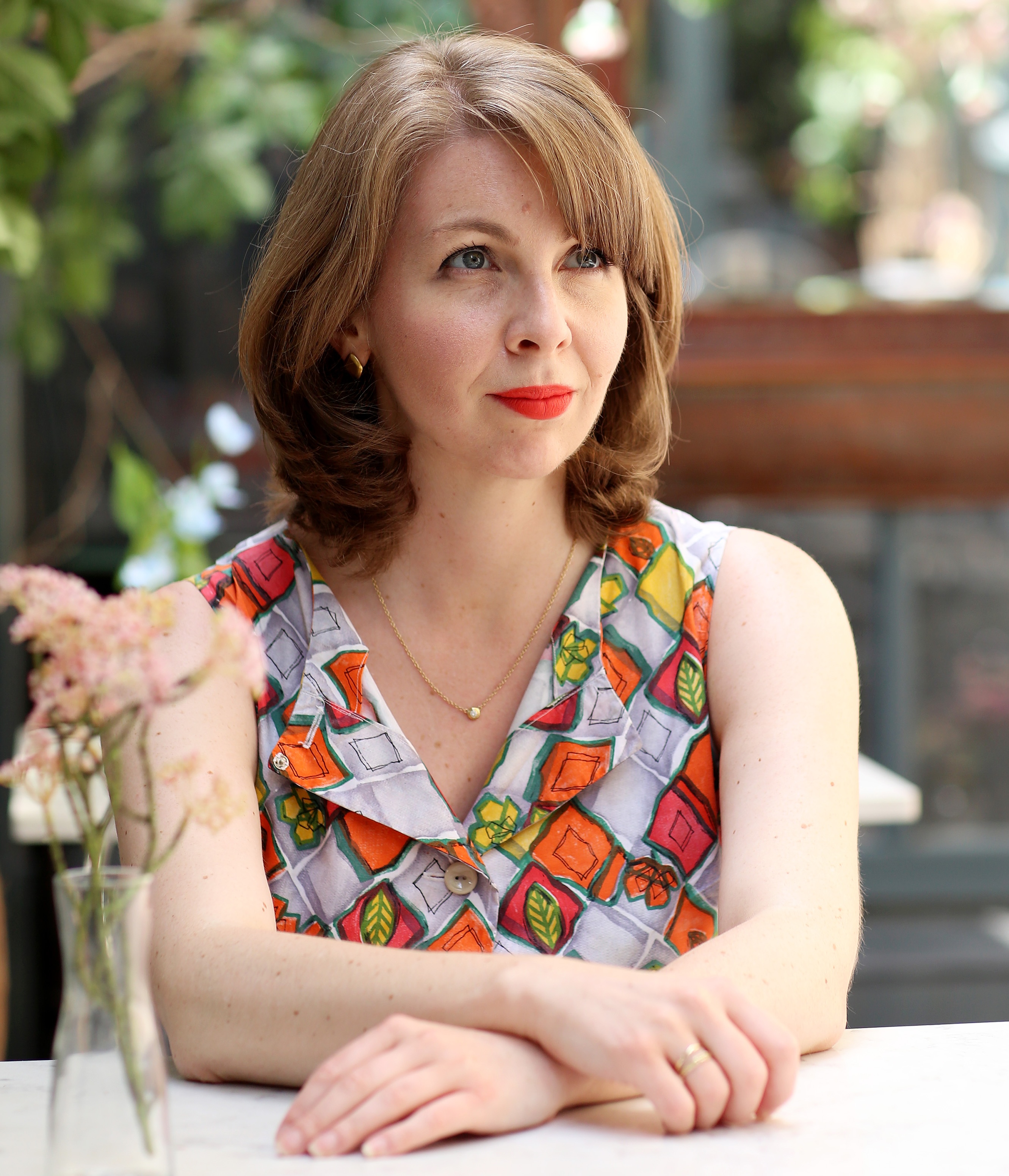Raffles London at The OWO hotel review: How eight years and £1.4 billion transformed the birthplace of Bond
But was it worth it? Emma Hughes checks in.

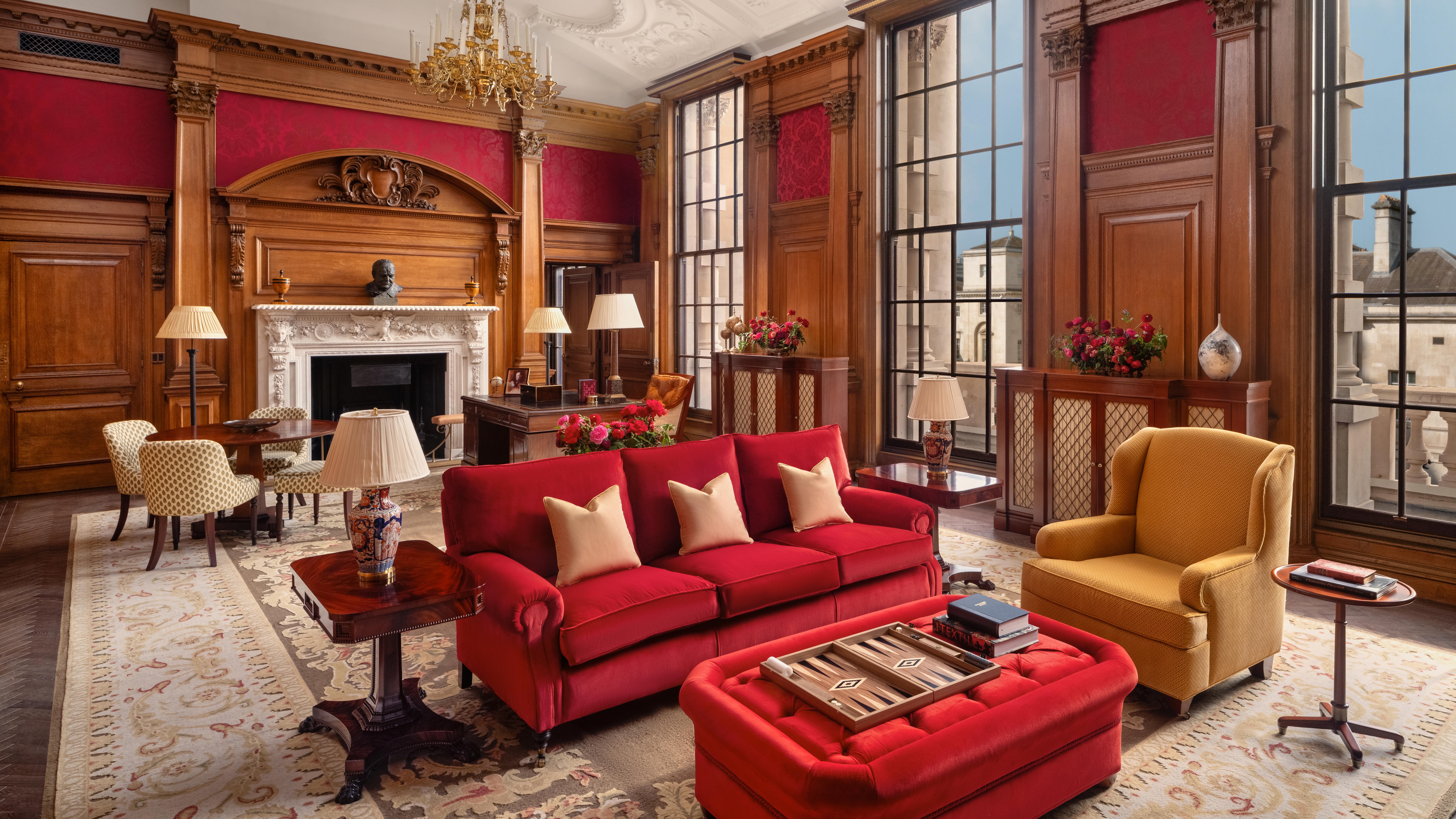
Hotels and espionage go together like vodka and a martini glass. In The West End Front, his account of the wartime secrets of London’s top hotels, historian Matthew Sweet paints an extraordinary picture of debriefings and double-crossing at London’s grandest establishments.
Suspected double agent Stella Lonsdale was confined by MI5 to Room 519 of the Waldorf during her interrogation (she played against type by only ever ordering fruit juice on room service), there were ‘more spies than sommeliers at Claridge’s’ (keeping an eye on the exiled royal families of Europe, no doubt), and the Dorchester’s concrete walls concealed any number of spooks both homegrown and imported. But the hotel whose history is most deeply interwoven with the spy game doesn’t appear anywhere in the book’s index — for the very good reason that it was not a hotel at all.
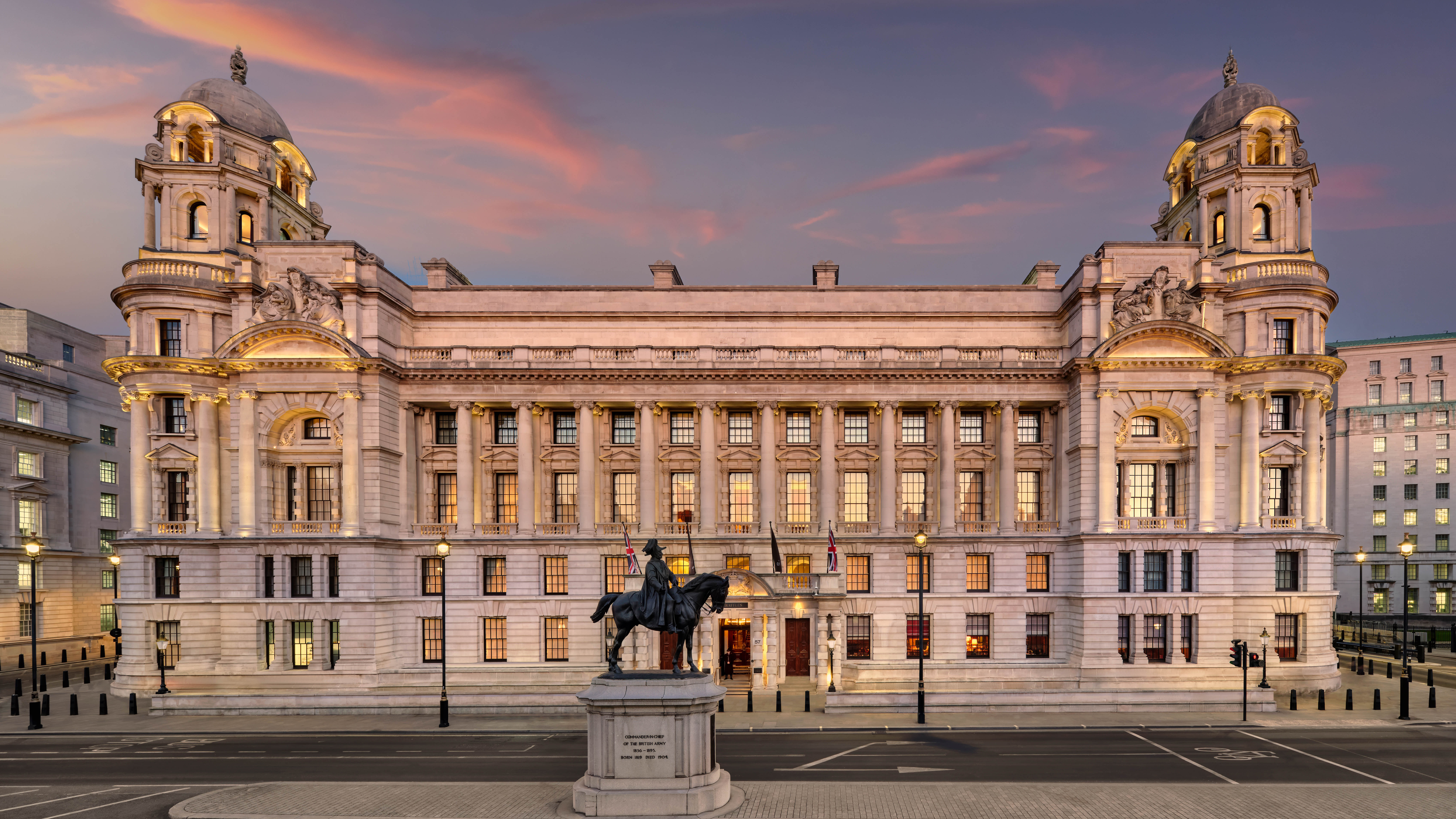
The clue is in The OWO’s name: it’s an acronym (appropriately, given its past) for The Old War Office. Built in 1906, the spectacular Edwardian premises overlooking Whitehall has witnessed almost every significant chapter in the 20th century history of British espionage, from the formation of MI5, MI6 and the Special Operations Executive (SOE) to the planning of the D Day landings.
After a stint as the Ministry of Defence, a decade ago the building was acquired by the Hinduja Group and partners Onex Holding, which set about spending the next eight years (and £1.4 billion) transforming it into what is, to my mind, easily the capital’s most extraordinary place to stay.
London has such a surfeit of historic buildings that it tends to be careless with them (think of all handsome old Victorian Tube stations now languishing as newsagents), but The OWO really shows how it ought to be done if time and money are no object. Such is my thinking as I take in the astonishing Art Deco majesty of my corner suite overlooking Horse Guards, which combines the best kind of deep-pile, old-school luxury with lighting and audio controls so hi-tech that I have to call down to the butler to ask for help operating them.

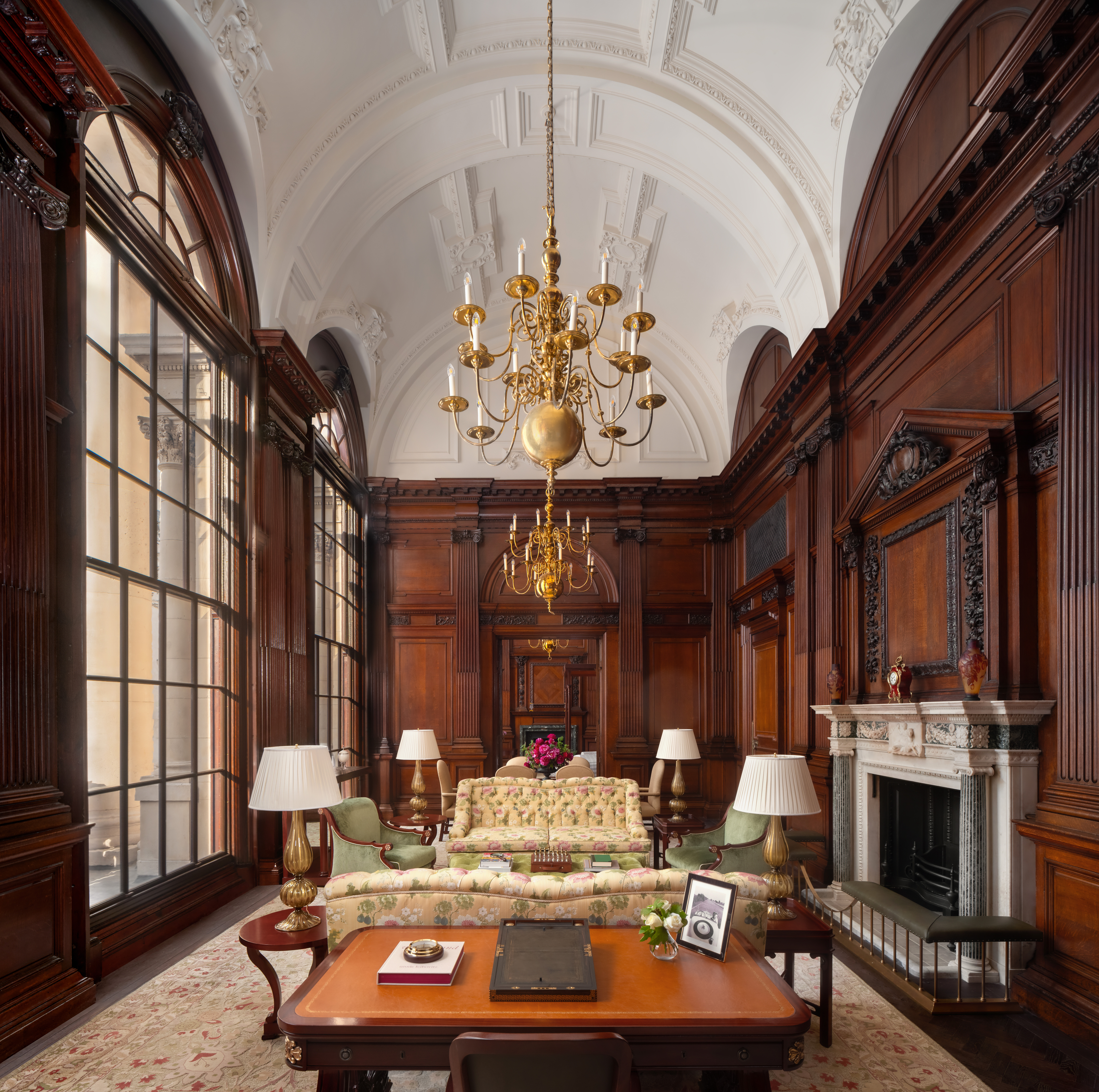
The Granville Suite's bedroom and living room — named for Christine Granville who is said to have been the inspiration for Vesper Lynd in 'Casino Royale'.
The suites have been named as part of the management’s commitment to honouring the women who worked in British intelligence: as signatories of the Official Secrets Act the vast majority lived the rest of their lives without ever revealing the truth of their wartime work. Mine is named after Vera May Atkins CBE, a Romanian-born intelligence officer who oversaw SOE’s female agents, as well as tracking down more than 100 missing operatives after the war ended. Another, which witnessed the formation of what would become the RAF in 1912, honours Christine Granville, the Polish-born SOE agent whose daring behind enemy lines was said to have been the inspiration for Vesper Lynd in Casino Royale (more on which shortly).

The shallow balcony — to the left — where Churchill addressed his staff from.
Much better known are the two men whose names are most often mentioned in the same breath as The OWO: Sir Winston Churchill and Ian Fleming. The former Prime Minister was Secretary of State for War here between 1919 and 1921 and visited often during the Second World War. Look out for the balcony from which he addressed his staff every morning, as well as the curiously smudged faces of the stone lions guarding the marble central staircase (which during operational periods was out of bounds to all but the most senior officers); Churchill would supposedly pat the lions’ noses every time he passed for luck. Fleming, meanwhile, is famously said to have dreamt up James Bond within these walls when he was working in naval intelligence (he reached his desk via the ‘spy’s entrance’, still extant), and before its current incarnation the building appeared in several Bond films, playing MI6’s headquarters in Octopussy, A View To A Kill, Licence To Kill, Skyfall and Spectre. There are nods to his legacy around the hotel: washing my hands in the bathroom next to the Guards Bar, my ears prick up at a John Barry composition.
Exquisite houses, the beauty of Nature, and how to get the most from your life, straight to your inbox.
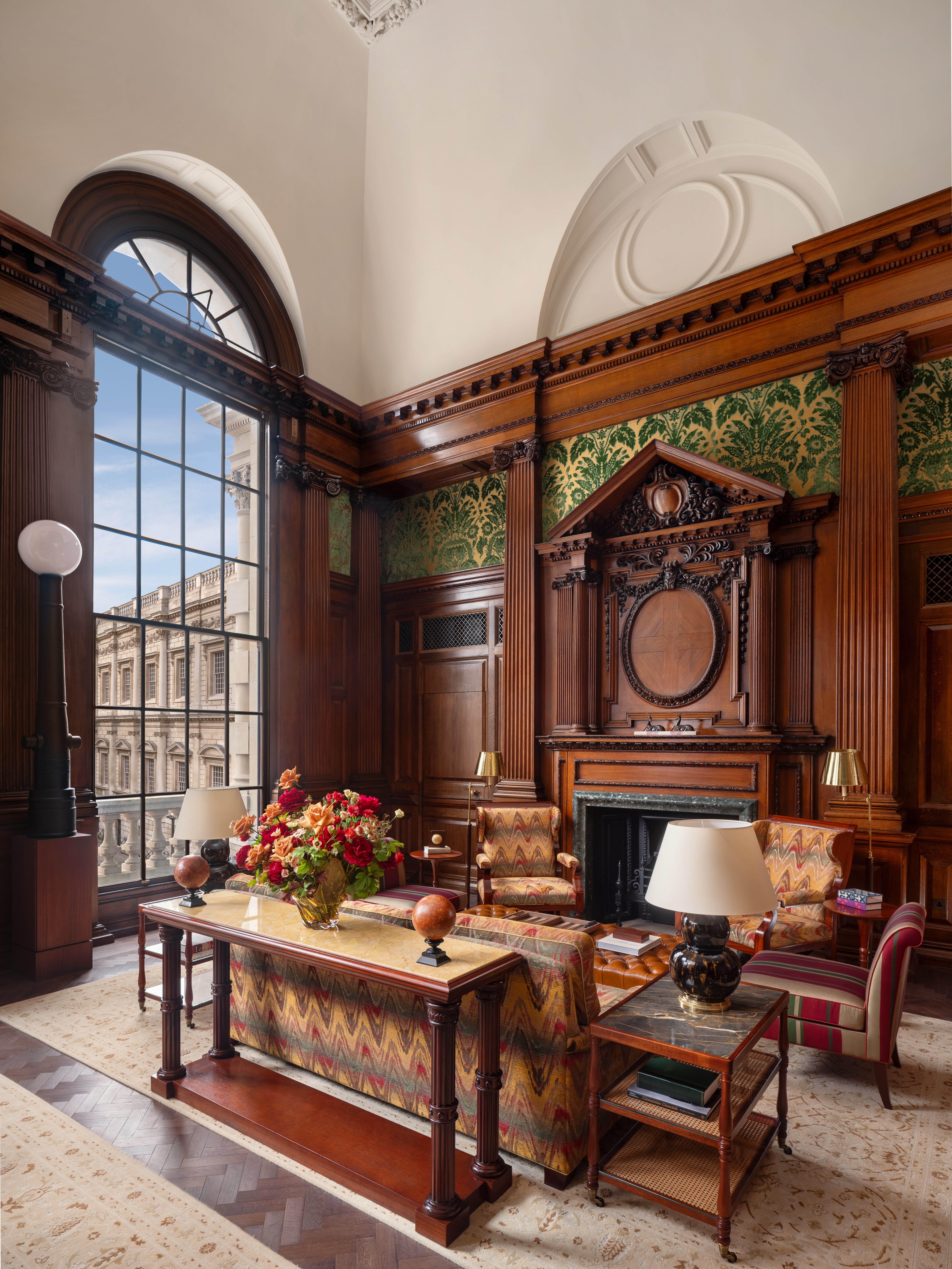
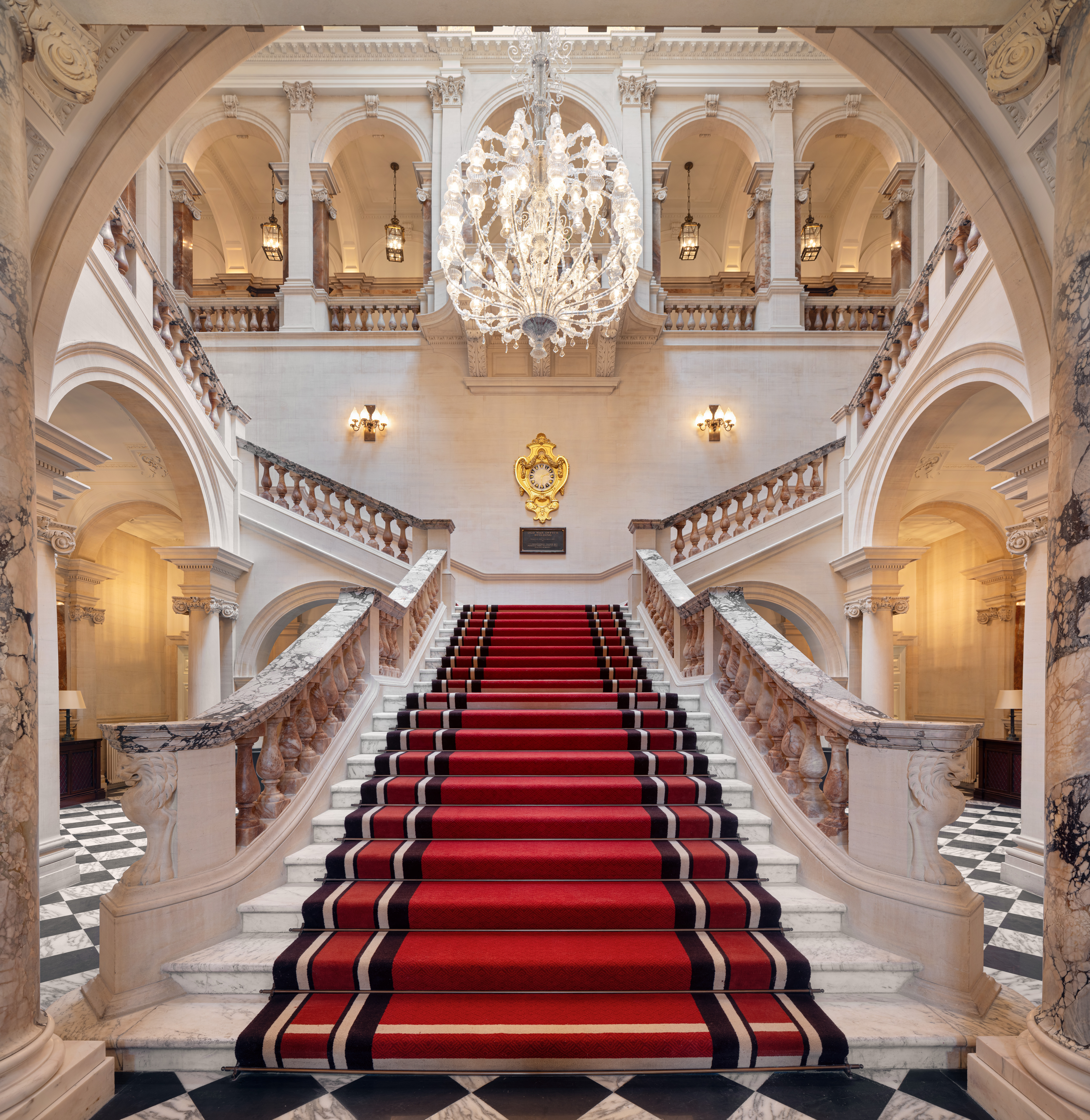

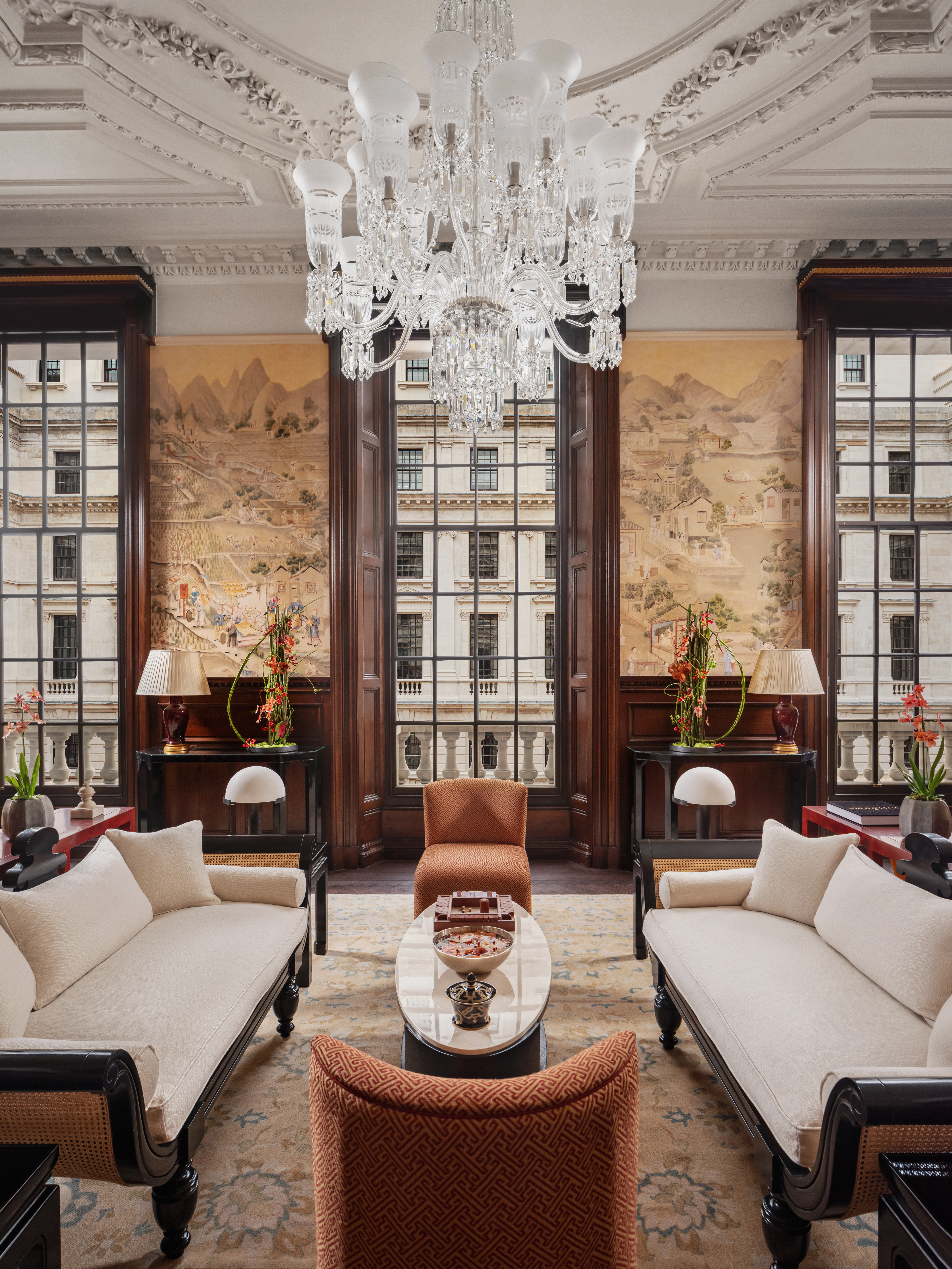
The OWO dazzles regardless of whether or not you’re an armchair espionage buff, but signing up for one of the tours provided by the team adds something special to the experience of staying there. Even the corridors — all 4km of them — are rich in remarkably colourful history. See the mosaics running along the edges? They were relaid piece-by-piece when the hotel was restored; the gaps are due to the old tradition of chipping off pieces to make cufflinks for retiring officers. What about those mysterious metal grills? They once concealed telephone cables, but their pattern inspired the design of British hand grenades.
The OWO certainly isn’t stuck in the past: the former library, once hosting the biggest collection of military history volumes in Europe, is now Saison, a gorgeous light-filled brasserie overseen by three-Michelin-starred chef Mauro Colagreco. You can enjoy world-class sashimi from sushi master Endo Kazutoshi on the roof terrace. And the four-floor Guerlain spa is a world away from the building’s former life, although the double-height underground pool does feel very Bond. But in a hospitality landscape increasingly defined by very obvious ostentation it offers something very rare: a sense of history come alive, twinned with the capacity to surprise. Both are in evidence at the much-whispered-about subterranean ‘Spy Bar’ (no photographs allowed), which proves to be so genuinely well hidden that we get lost looking for it, only to realise that one of the anonymous doors we’ve passed several times is discreetly numbered ‘007’.
Rooms from £900 a night. Visit The OWO website for more information and to book
Emma Hughes lives in London and has spent the past 15 years writing for publications including the Guardian, the Telegraph, the Evening Standard, Waitrose Food, British Vogue and Condé Nast Traveller. Currently Country Life's Acting Assistant Features Editor and its London Life restaurant columnist, if she isn't tapping away at a keyboard she's probably taking something out of the oven (or eating it).
